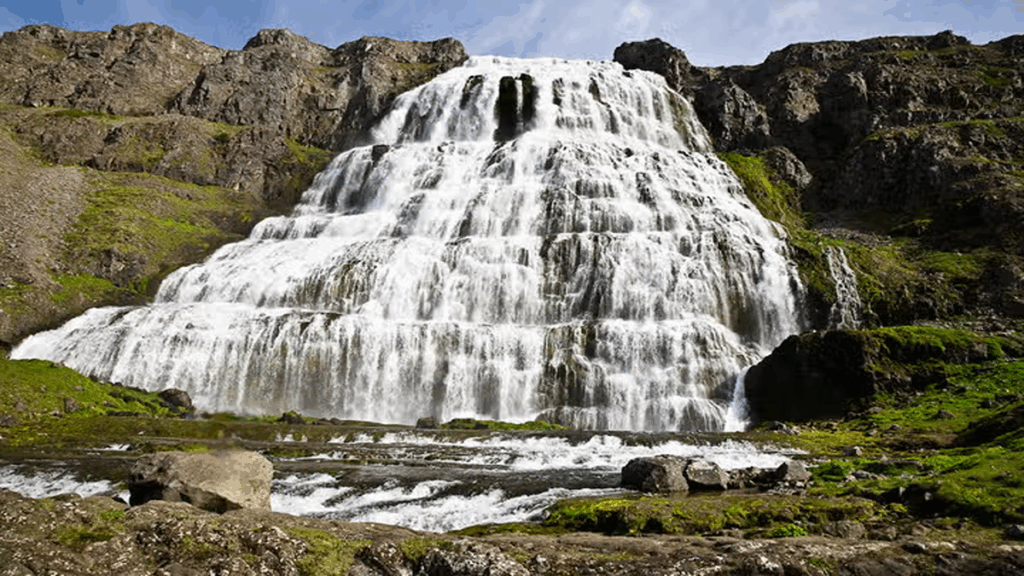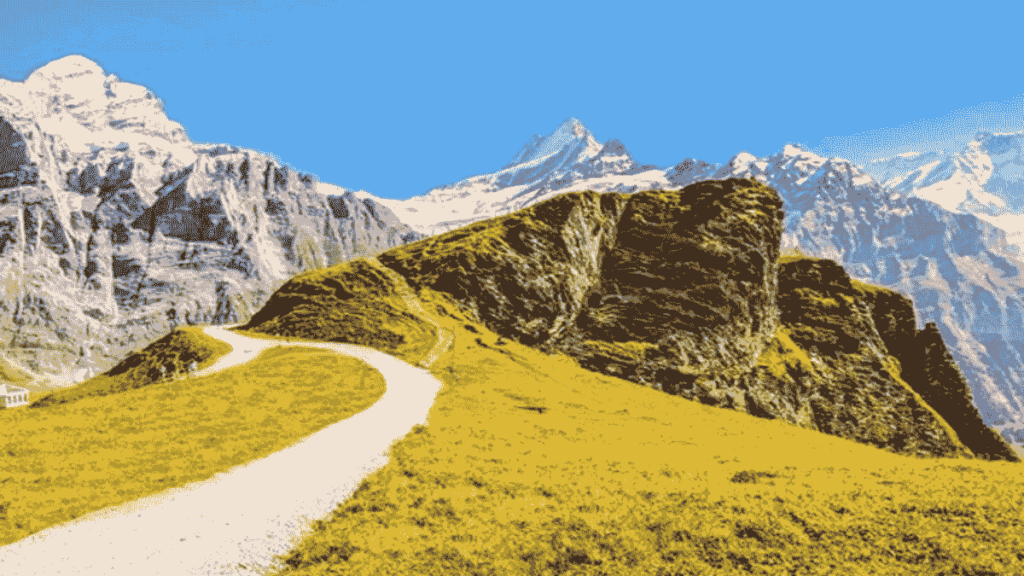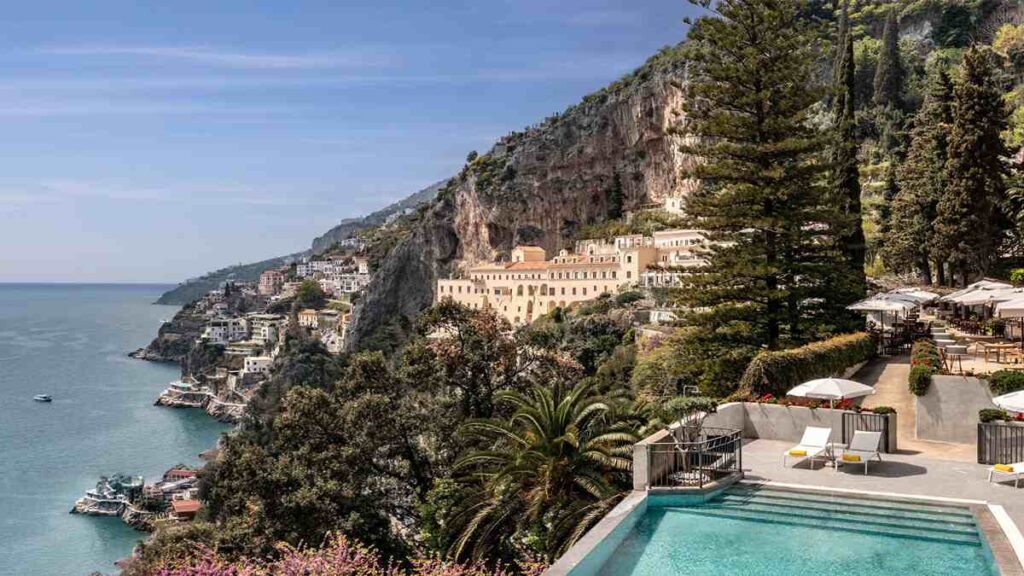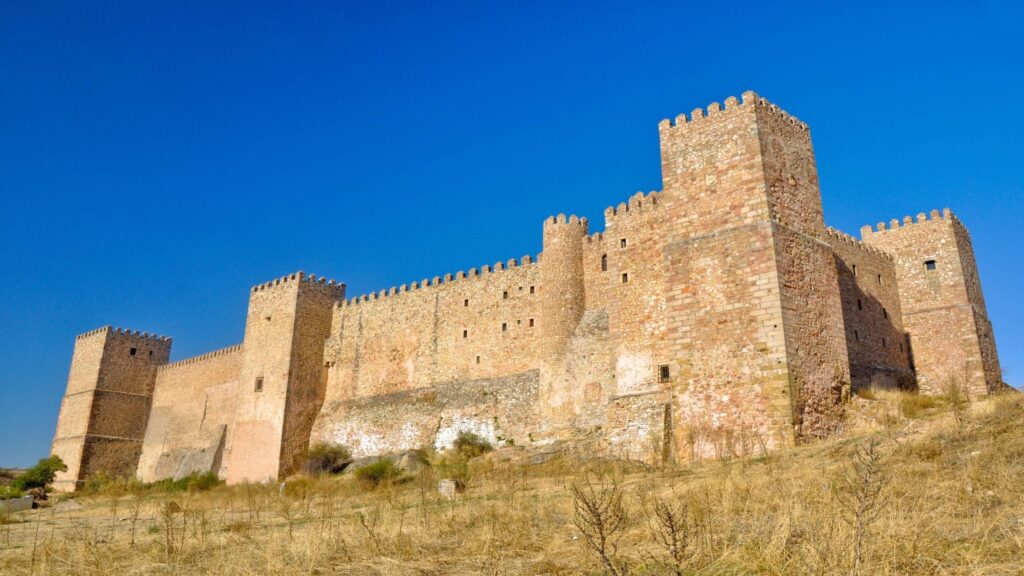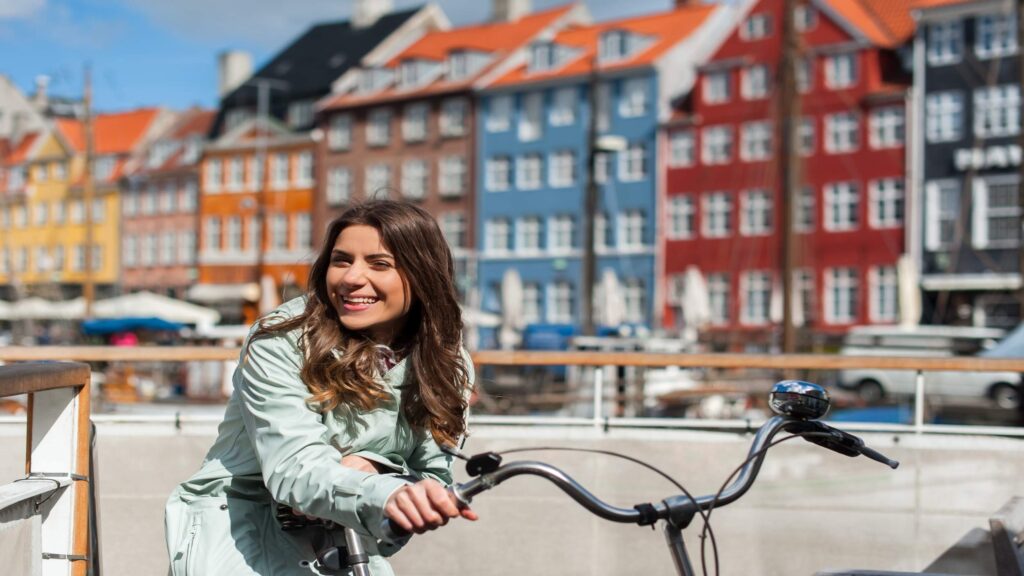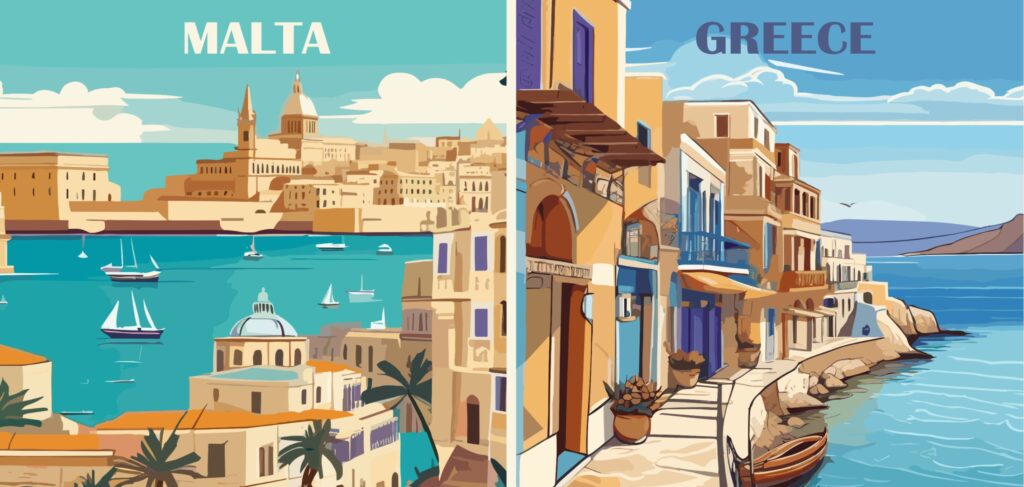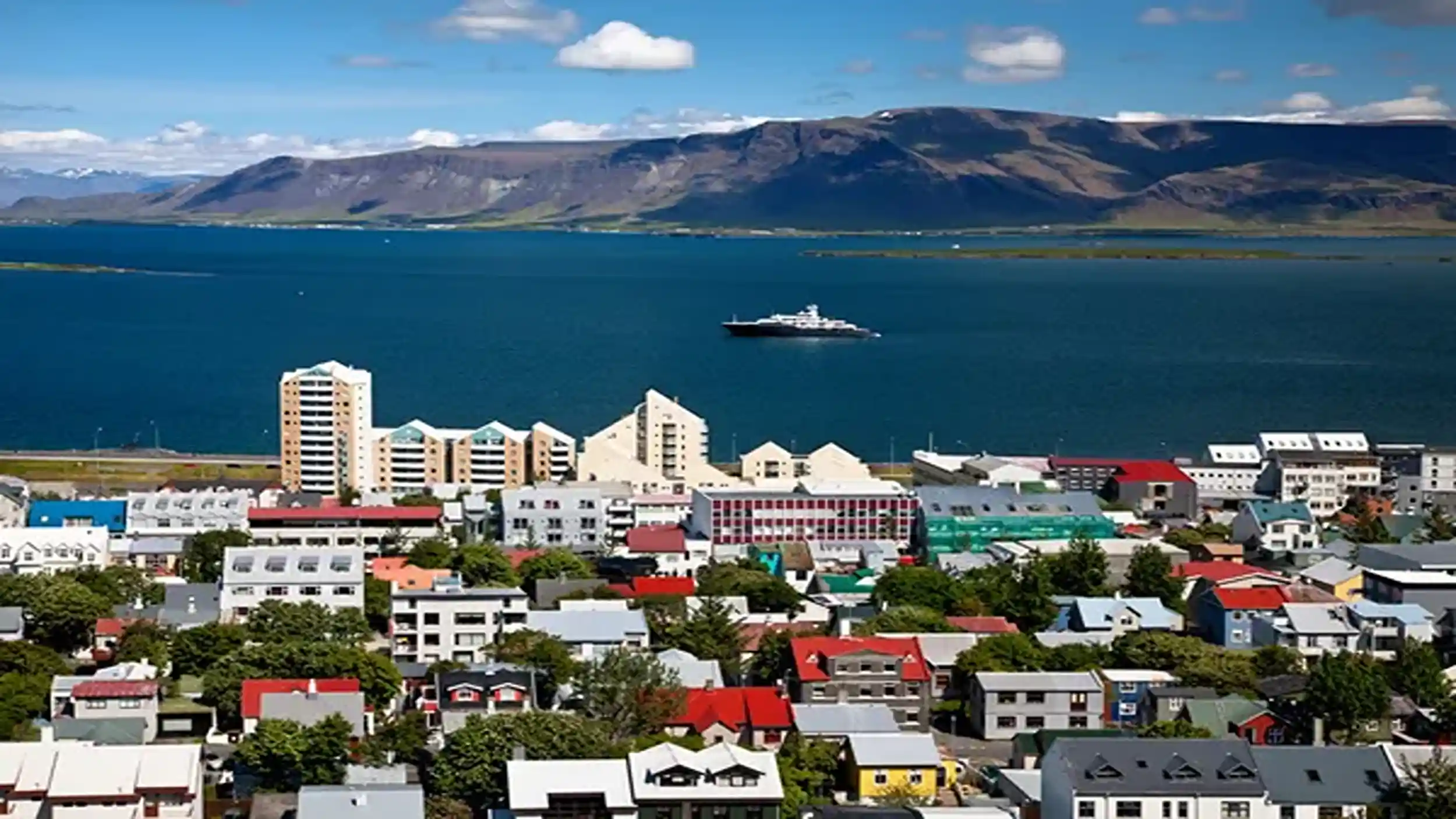
Your trip to Iceland’s capital needs smart planning, not random walking around. Most people arrive in Reykjavik without knowing how weather affects every attraction. Smart people make plans that work with changing conditions. You’ll find that attractions in Reykjavik Iceland work best when you know their seasonal patterns. This guide turns casual sightseeing into smart exploring that gives real value.
Smart planning makes the difference between good trips and bad ones in Iceland’s changing weather. Your success depends on knowing how each attraction connects to create smooth experiences. Weather changes fast, forcing quick decisions about indoor versus outdoor activities. You need backup plans that keep your trip moving no matter what conditions happen. Smart people save money and avoid crowds through good timing.
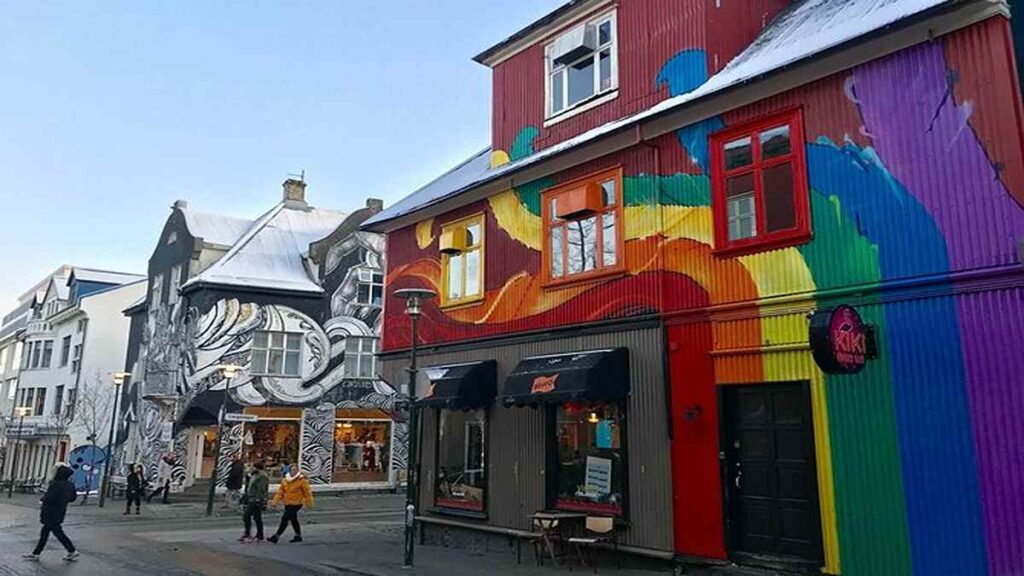
Getting Around: Your Travel Options
How you travel affects how many attractions you’ll actually reach during your stay. Reykjavik’s small size makes walking work well for central areas during good weather. Your choice between rental cars, buses, and taxis affects both flexibility and budget. Each travel method opens different attraction combinations depending on your priorities. Knowing these connections helps you pick the right approach for your trip.
Walking Works Best
Walking works well for central Reykjavik when weather works with your plans. Most major attractions sit within 2 kilometres of Hallgrímskirkja church. Your daily walking covers Harpa Concert Hall, the Old Harbour, and Laugavegur shopping street easily. Weather changes quickly, so you need indoor backup options every few blocks. Good waterproof boots become needed gear, not optional extras.
Pro Tip: Download the Reykjavik city app for live weather updates and indoor attraction locations.
Car Rental Options
Car rental opens attractions beyond walking distance whilst giving weather protection and storage space. Your car choice affects which roads you can safely drive during different seasons. Automatic costs extra but reduces stress when dealing with new driving conditions. Insurance becomes needed given Iceland’s harsh weather and gravel road conditions. Booking 6-8 weeks ahead saves 30-40% compared to last-minute prices.
Public Bus System
Bus routes connect major attractions well whilst keeping costs down for budget people. The Strætó system runs regularly between Perlan, Nauthólsvík beach, and downtown areas. Your day pass costs about £8 and includes unlimited rides on all routes. Weather delays affect schedules, so you need flexible timing for important attractions. Students and seniors are also eligiable for discounts.

Places to Stay: Options by Budget
Where you stay affects how easily you’ll reach different attractions throughout your visit. Reykjavik’s areas each offer different benefits depending on your priorities and budget. Your choice between central locations and quieter areas affects both ease and costs. Booking timing affects prices a lot, with advance bookings saving money. Understanding seasonal weather patterns allows you to pack the appropriate gear for various attractions.
Budget-Friendly Options
Hostels and guesthouses give good value whilst keeping you close to major attractions. Kex Hostel and Bus Hostel offer central locations with kitchen facilities for self-catering. Your room choice affects both price and privacy levels a lot. Booking early gets better room selections and lower rates during peak season. Kitchen access cuts food costs by 50-60% compared to restaurant dining.
Budget Places to Stay
- Kex Hostel – Central location, kitchen facilities
- Bus Hostel – Near Hallgrímskirkja, social atmosphere
- Hlemmur Square – Modern hostel, good breakfast
- Galaxy Pod Hostel – Unique pod-style rooms, budget-friendly
Mid-Range Smart Choices
Small hotels balance comfort with reasonable pricing whilst keeping central access to attractions. Hotel Reykjavik Centrum and Fosshotel Reykjavik give good locations without luxury pricing. Your room choice affects views, noise levels, and ease for different attractions. These properties often include breakfast, cutting daily food planning needs. Booking directly sometimes offers better rates than third-party booking sites.
Luxury Options
Premium properties create good bases for exploring attractions whilst giving better comfort and service. Hotel Borg and Canopy by Hilton offer concierge services that arrange attraction bookings. Your luxury choice includes amenities that enhance your overall Reykjavik experience a lot. These hotels often get better restaurant bookings and tour spots than individuals. Staff knowledge helps improve your attraction timing and logistics throughout your stay.
Pro Tip: Luxury hotels often negotiate group rates for popular attractions like Blue Lagoon bookings.
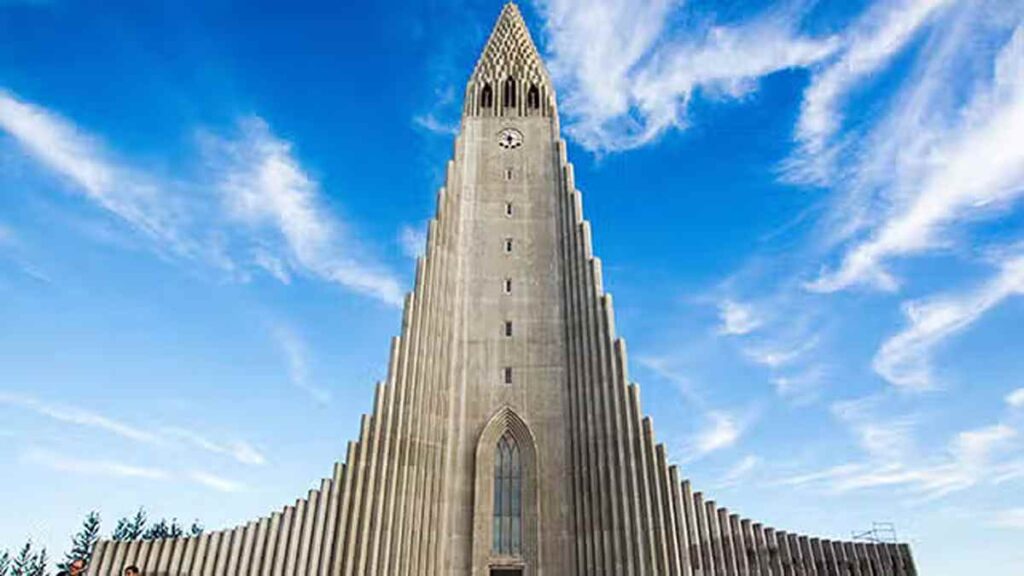
Visiting Attractions in Reykjavik Iceland: Timing & Weather Tips
Attraction success depends on knowing how weather patterns affect each experience throughout different seasons. Reykjavik’s climate changes rapidly, needing flexible planning that adapts to conditions. Your timing decisions affect crowd levels, visibility, and overall enjoyment at every location. Smart planning combines indoor and outdoor options within walking distance of each other. Weather apps become needed tools for making live attraction decisions during your visit.
Dealing with Changing Weather
Weather patterns change every few hours, making rigid plans useless for getting the best attraction experiences. Iceland’s ocean weather creates sudden shifts between sunshine, rain, and wind conditions. Your daily plans need multiple backup options within each area. Indoor attractions become refuges during harsh weather periods throughout your stay. Knowing seasonal weather trends helps you pack right gear for different attractions.
Avoiding the Crowds
Crowd management turns popular attractions from frustrating experiences into enjoyable ones through smart timing. Hallgrímskirkja and Harpa see heaviest crowds between 11am and 3pm daily. Your early morning visits (8-10am) give better photo opportunities and more peaceful experiences. Late afternoon timing (4-6pm) often offers good lighting without peak crowds. Weekend crowds increase a lot, making weekday visits more pleasant for major attractions.
Planning for Different Seasons
Seasonal changes affect which attractions operate normally and which need special planning considerations. Winter months limit outdoor attraction access whilst extending Northern Lights viewing opportunities. Your summer visits give 20+ hours of daylight for extended attraction exploration. Spring and autumn offer moderate weather with fewer crowds at popular locations. Knowing seasonal attraction schedules prevents disappointment and wasted travel time during your visit.
Pro Tip: Perlan observatory offers good views regardless of weather conditions outside.
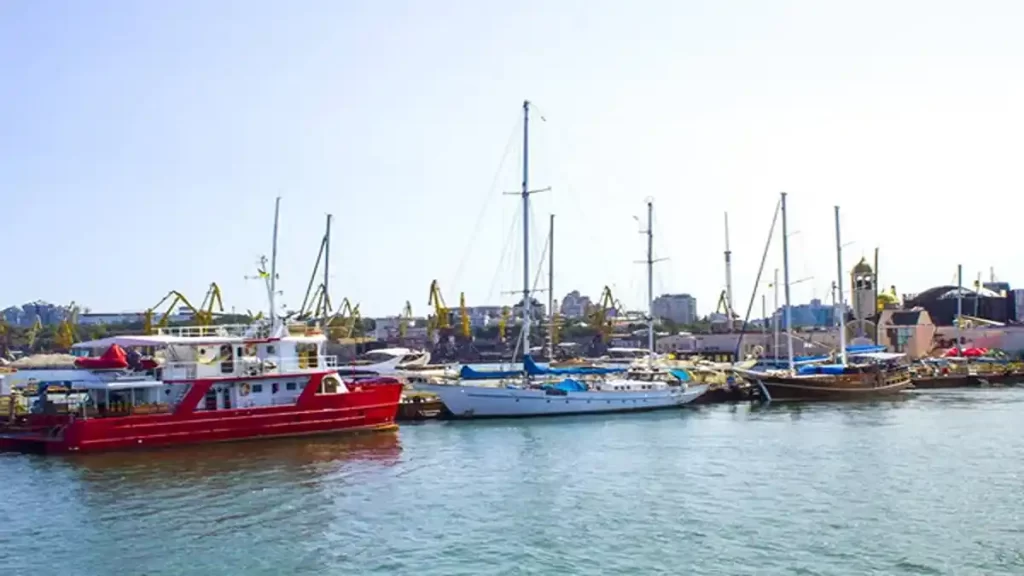
Itineraries: 1-Day to Week-Long Visits
Trip plans help you get the most from attractions in Reykjavik Iceland regardless of your available time. Different trip lengths need completely different approaches for covering major attractions well. Your time limits determine which attractions deserve priority and which become optional extras. Good plans balance must-see locations with flexibility for weather-related changes. Knowing time needs for each attraction prevents overpacking your daily schedules.
One-Day Visit Focus
Single-day visits need clear focus on Reykjavik’s most needed attractions within walking distance. Hallgrímskirkja, Harpa, and the Old Harbour create a perfect triangle for efficient exploration. Your morning should start early to avoid crowds at the church tower. Laugavegur street gives shopping and dining options between major attraction visits. Sun Voyager sculpture offers good photo opportunities when weather permits clear views.
One-Day Priority List
- Hallgrímskirkja (church and tower views)
- Harpa Concert Hall (architecture and harbour views)
- Old Harbour (maritime history and dining)
- Laugavegur (shopping and local culture)
Three-Day Complete Visit
Three-day plans allow deeper exploration of attractions whilst keeping realistic daily schedules. Day one covers central attractions, day two explores cultural sites, day three ventures further afield. Your three-day approach cuts daily pressure whilst ensuring complete coverage of major attractions. Perlan, National Museum, and Reykjavik Art Museum deserve full attention rather than rushed visits. This period accommodates weather-related delays while ensuring that essential attraction experiences are not compromised.
Week-Long Stay
Extended stays open Reykjavik’s lesser-known attractions whilst allowing multiple visits to favourite locations. Your week-long approach enables day trips to nearby attractions like Blue Lagoon and Golden Circle. Repeat visits to Harpa for different events and Perlan during various weather conditions enhance experiences. Local areas like Grandi and Vesturbær deserve exploration time beyond quick visits. This duration allows for spontaneous attraction discoveries and local event participation.
Pro Tip: Week-long stays often qualify for attraction pass discounts and extended rates.
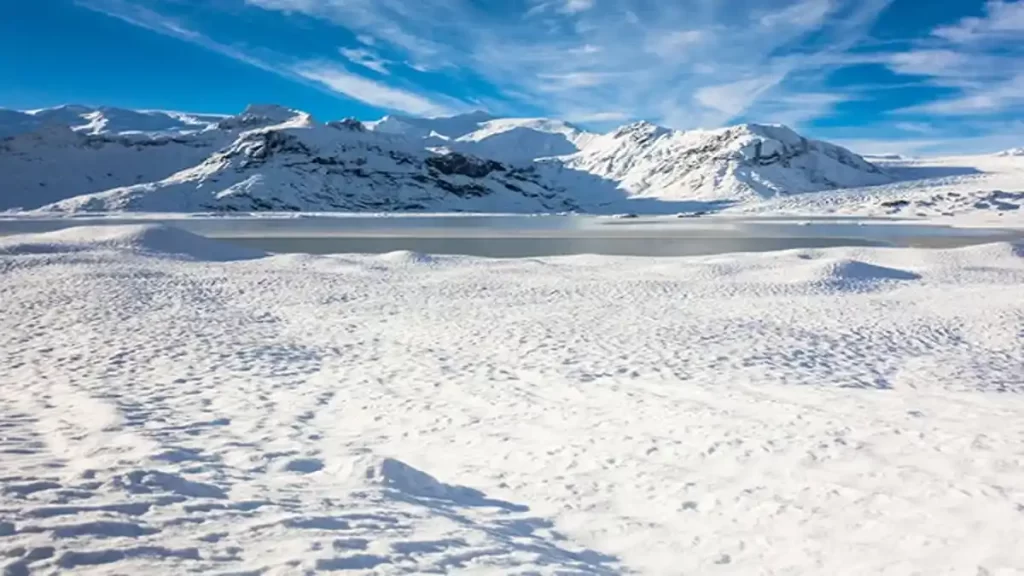
Seasonal Travel: When to Visit
Seasonal planning determines which attractions work best during your specific travel dates. Iceland’s big seasonal changes affect everything from attraction operating hours to equipment needs. Your seasonal choices influence packing decisions, activity choices, and budget allocation a lot. Knowing seasonal advantages helps you plan activities that match weather conditions well. Each season opens different aspects of the same attractions through varying conditions.
Winter Travel Tips
Winter turns Reykjavik into a completely different destination needing specific gear and planning. How you experience attractions in Reykjavik Iceland changes in winter, with Northern Lights viewing becoming possible whilst daylight hours shrink to 4-5 hours daily. Your winter clothing needs include waterproof layers, insulated boots, and wind-resistant outer wear for comfort. Indoor attractions like museums and Harpa become more important during harsh weather. Blue Lagoon visits give warmth and relaxation during cold winter months.
Summer Travel Benefits
Summer’s extended daylight allows attraction visits until 11pm or later throughout June and July. Your summer advantage includes mild temperatures, minimal rain, and maximum attraction access. Outdoor attractions like Sun Voyager and harbour walks become more enjoyable during warm months. Laugardalslaug swimming pool provides an opportunity for outdoor relaxation whenever the weather allows for enjoyable water activities. Summer crowds need early morning timing for popular attractions to avoid peak visitor periods.
Spring and Autumn Visits
Spring and autumn give optimal balance between weather conditions, crowds, and pricing for attractions. The months of April to May and September to October provide pleasant temperatures and a reduced number of tourists at popular attractions. Your shoulder season visits cost 20-30% less for places to stay whilst keeping good weather. The Northern Lights reappear in September, and the temperatures are still pleasant for walking. These months give good photography conditions with clear skies and good visibility.
Pro Tip: September offers the best combination of Northern Lights visibility and comfortable walking weather.

Budget Planning: Costs and Savings
Budget plans help you get the most from attractions in Reykjavik Iceland whilst controlling costs throughout your Reykjavik visit. Iceland’s high prices need smart spending decisions that focus on value over ease. Your budget allocation affects which attractions you can afford and how you’ll reach them. Knowing cost patterns helps you identify money-saving opportunities without sacrificing needed experiences. Smart budgeting extends your trip duration or upgrades your places to stay through careful spending.
Daily Cost Breakdown
Typical daily costs range from £60-200 depending on your choices for places to stay, food, and attractions. Places to stay consume 40-50% of most budgets, whilst attraction entry fees add £20-40 daily. Your food choices affect costs a lot, with restaurant meals costing £25-50 versus £8-15 for self-prepared options. Travel costs vary from £8 daily for buses to £40-60 for rental cars. Knowing these proportions helps you allocate money well across different expense categories.
Daily Budget Estimates
- Budget traveller: £60-80 (hostel, self-catering, public transport)
- Mid-range visitor: £100-140 (hotel, mixed dining, some tours)
- Luxury experience: £180-250 (premium hotel, restaurants, private tours)
Money-Saving Tips
Smart savings build through good timing, advance bookings, and knowing local pricing patterns. Reykjavik City Card gives free museum entry and public transport for £25-35 daily. Your grocery shopping at Bonus stores cuts food costs by 60% compared to restaurant dining. Many free attractions in Reykjavik Iceland like Sun Voyager and harbour walks give good experiences without admission fees. Happy hour dining (5-7pm) at many restaurants offers 30-40% savings on meal costs.
Group Travel Savings
Group travel opens big savings through shared places to stay, travel, and tour costs per person. Car rental costs drop to £8-12 per person daily for groups of four. Your group places to stay in apartments or houses costs less than individual hotel rooms. Numerous attractions provide group discounts beginning at 15% for groups of four or more individuals. Private tour costs become competitive with individual premium tours when split among group members.
Pro Tip: Groups of 6+ people can negotiate better rates directly with tour operators and restaurants.
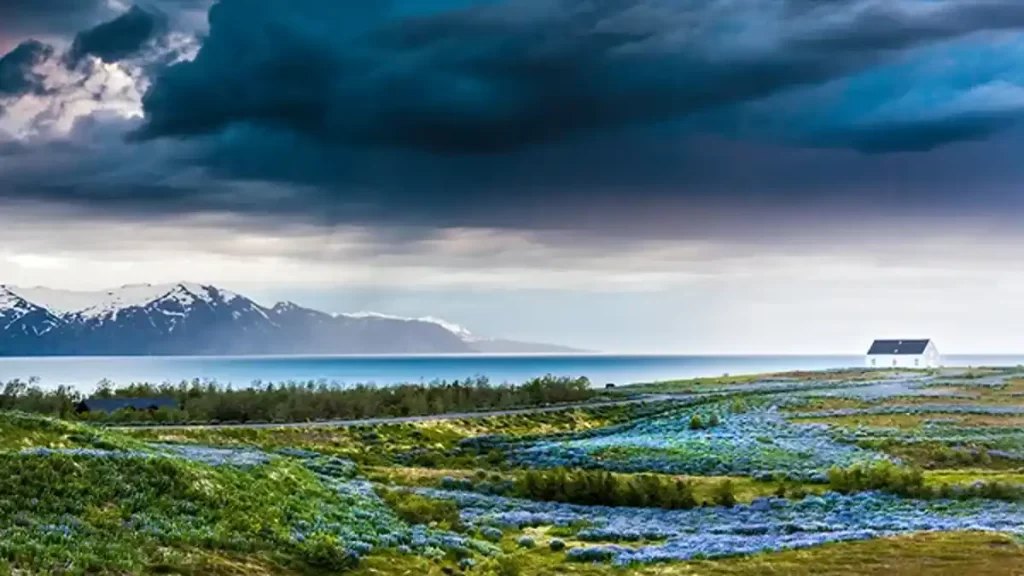
Safety and Emergency Planning
Safety preparation prevents minor problems from becoming major disruptions when visiting attractions in Reykjavik Iceland. Iceland’s weather changes create risks that need specific awareness and equipment for safe attraction visits. Your emergency planning should include communication options, backup routes, and weather backup plans. Knowing local emergency services and procedures gives confidence for independent exploration. Smart safety steps enhance rather than restrict your attraction experiences throughout the visit.
Weather Safety
Weather safety needs knowing how quickly conditions change and their impact on different attractions. Wind speeds can reach 60+ mph with minimal warning, making outdoor attraction visits dangerous. Your weather app monitoring becomes needed for safe planning of harbour walks and elevated attractions. Hallgrímskirkja tower closes during high winds, needing backup indoor attractions for those times. Proper footwear prevents slips on wet surfaces that become hazardous during weather changes.
Emergency Communications
Communication planning ensures you can get help quickly if problems arise during attraction visits. Iceland’s emergency number (112) connects you to police, medical, and rescue services immediately. Your mobile phone should include local emergency contacts and your places to stay details. Informing someone of your daily attraction plans gives backup if you don’t return as expected. GPS location sharing helps emergency services find you quickly if assistance becomes needed.
Medical and Insurance
Medical preparation covers both routine needs and emergency situations that might arise during attraction visits. European Health Insurance Cards give basic coverage for EU citizens visiting Iceland. Your travel insurance should cover medical evacuation and adventure activities if you plan active attractions. Local pharmacies stock common medications, but prescription needs may differ from your home country. Knowing coverage limitations helps you make informed decisions about activity participation levels.
Pro Tip: Keep emergency contact information and insurance details in both digital and physical formats.

What to Pack
Equipment preparation determines your comfort level and safety during attraction visits throughout different weather conditions. Reykjavik’s changeable climate needs layered clothing that adapts to rapid temperature and rain changes. Your equipment choices affect which attractions you can comfortably visit during various weather conditions. Knowing gear needs prevents expensive emergency purchases whilst ensuring attraction access. Smart packing balances weight limits with functionality for different activity types during your visit.
Clothing Essentials
Layered clothing gives flexibility for Reykjavik’s changing weather patterns during attraction visits. Base layers should wick moisture away from skin whilst giving warmth during cold periods. Your outer shell needs waterproof protection rated for 10,000mm minimum with sealed seams. Insulating middle layers allow temperature regulation as conditions change throughout the day. Quality boots with ankle support and waterproof membranes become needed for comfortable walking attractions.
Essential Clothing List
- Waterproof jacket (minimum 10,000mm rating)
- Insulated layers (fleece or down options)
- Moisture-wicking base layers (merino wool or synthetic)
- Waterproof boots (ankle support needed)
- Warm accessories (hat, gloves, scarf)
Photography Gear
Photography equipment enhances your attraction experiences whilst creating lasting memories of your Reykjavik visit. Weather protection for cameras becomes needed given Iceland’s harsh conditions and sudden rain. Your lens choices affect which attractions you can capture well, with wide-angle options ideal for architecture. Tripods enable better low-light photography during winter months and Northern Lights viewing. Extra batteries become needed as cold temperatures cut battery life by 40-60%.
Tech and Navigation
Technology preparation includes navigation tools, communication devices, and power management for extended attraction visits. Reykjavik offers good mobile coverage, but battery drain increases in cold weather conditions. Your offline maps give backup navigation when cellular service becomes unreliable in certain areas. Portable power banks ensure devices remain functional throughout long attraction-visiting days. Weather apps give live updates needed for safe attraction planning and timing decisions.
Pro Tip: Download offline maps of Reykjavik before leaving your places to stay each day.
Planning your perfect Reykjavik adventure needs more than basic tourist information—it demands smart thinking and proper preparation. This complete guide gives the plans and tips needed to get the most from attractions in Reykjavik Iceland regardless of weather conditions or season. Your success depends on knowing how each element connects to create smooth, memorable experiences. Smart preparation turns potential problems into manageable challenges whilst ensuring you discover the very best Iceland’s capital offers. Start planning your smart Reykjavik adventure today using these proven tips for unforgettable results.

